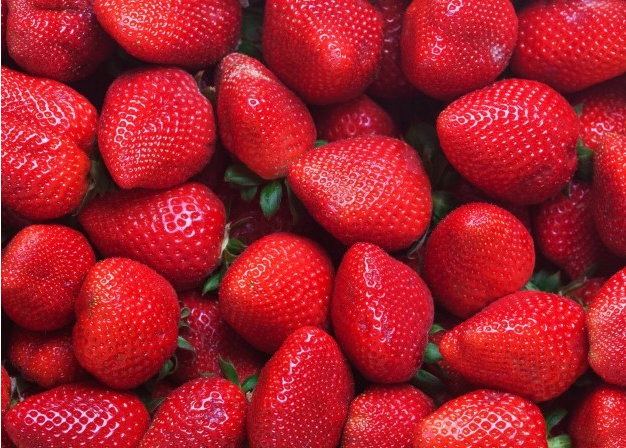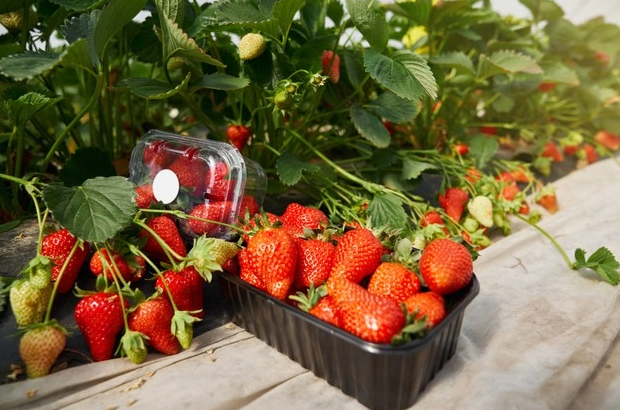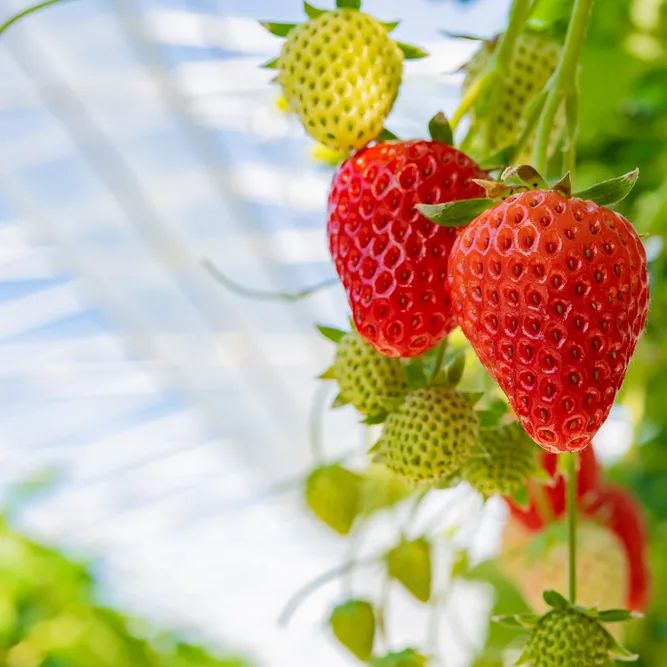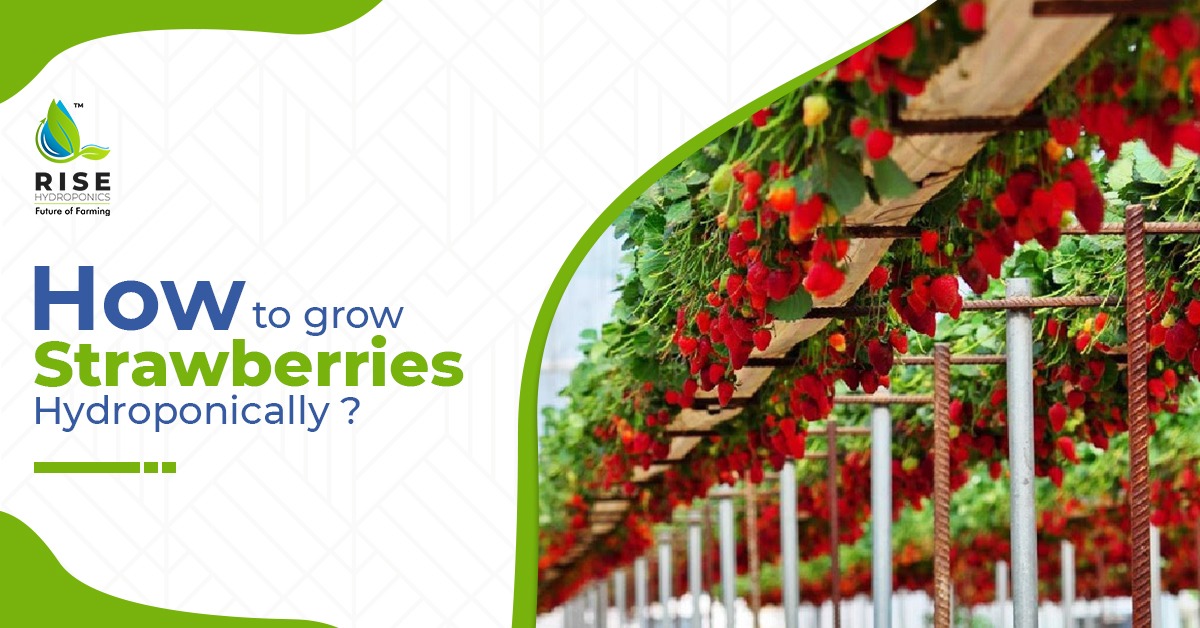Is strawberry your favorite berry? Do you desire to grow it from the comfort of your home? Well, growing strawberries via a hydroponics system can be a new, fun, clean and efficient way to cultivate them. And, why not? Hydroponics strawberries are just as juicy and flavorful as soil-grown ones. Besides, they permit you to elongate the growing season, which means you can enjoy fresh strawberries all through the year.
You may think that the hydroponics style of growing strawberries is overcomplicated, but we must tell you that it is the simplest. There are truckloads of reasons to start hydroponics, especially when you are all set to grow your berries. So let us begin, shall we?
Reasons to grow the strawberries without soil.
Have you tried growing strawberries in soil? If that worked and you think there is no other way to grow it, you are mistaken. We are here to tell you that no matter how big a novice you are when it comes to cultivating this berry, there are reasons plenty you must consider this growing style.
Hydroponics does not utilize soil. It makes use of inert media to anchor the roots of plants in position. The root system continues to grow via this medium. It is directly exposed to a nutrient mix and water, depending on what you are developing. Here are some pros and cons that will explain why the hydroponics system is the best for growing strawberries.

Pros
- Strawberries grown through a hydroponics system are not prone to any flying pests.
- Hydroponics system is water efficient because there is re-circulation of water in contrast to feeding freshwater to crops regularly.
- Hydroponically grown fruits offer more plants per square foot space as they can be grown vertically.
- Harvesting strawberries is also easier as you do not have to crouch down to carry soil harvest.
- Strawberries need only 8-12 hours of light each day. Thus, unlike other plants, you do not have to change the lighting schedule.
Cons
With all the pros we mentioned, you may feel that there may be no demerits. Well, you are right because there are only a handful of drawbacks. Here are just two minor cons you must know about.
- The hydroponics system can be a little pricier than crop cultivation on soil.
- Compared to the conventional soil gardening technique, the hydroponics technique may feel a little complicated.
But, these initial setups often pay in the long run. You must be thinking, why? Well, nothing beats the vertical system of cultivation in terms of long-term yields and efficiency. With the same setup, you can keep growing strawberries.
Also, once you get the hang of hydroponics, you can grow strawberries in larger quantities. However, make sure you have an indoor system and have consistent weather.
Things we need to get started
One of the most highly valued crops has to be the strawberry. People all across the globe recognize it for its nutrient content, color, and flavor. However, strawberry cultivation can be a significant challenge.
Here are some of the essentials you must consider when you grow strawberries through a hydroponics system.
Substrate
An essential factor in growing strawberries hydroponically has to be the substrate. The fruits require excellent root-zone aeration. Therefore, we recommend growing strawberries on a substrate that can provide 15 percent porosity. This percentage is the least amount of porosity you need in the root area.
Rise Hydroponics offers different options for substrates. There are custom-designed peat mixes you can order as well. No matter what you choose, stick to something that is readily and easily available. We swear by coco coir.
Coco coir is entirely inert and will not alter the pH or nutrition of the strawberries. It is beginner-friendly, inexpensive, and widely available. However, you can always add some perlite as that will increase water drainage and aeration.
Growing supplies
When you grow strawberries hydroponically, carefully select products that will help produce them. For starters, you need to get the best quality troughs in which your strawberries will grow. Go for troughs that have a volume of 8-15 liters. Choose the color and size of the trough depending on environmental conditions and the production area.
Planting techniques
Before you begin, decide on whether you want to grow from starts or seeds. Strawberry seeds take years before they can fruit, so it is a slower option. We recommend planting young strawberry plants into a hydroponics system using net pots and a suitable medium.
Temperature
Low temperatures at night increase strawberries’ flavor. Ensure that strawberries are getting 18.3°C– 24°C at day temperature and 10°C-13°C at night. These temperature conditions let the berries thrive.
Humidity
You have to maintain the ideal relative humidity when you grow strawberries. Low humidity affects the uptake of calcium that causes tipturn, which affects fruit quality and photosynthesis. Maintain 60-75 percent relative humidity in the air and high humidity at night to benefit the movement of nutrients.
pH and EC
Strawberries are susceptible to EC and pH. Thus, maintain the drainage water’s pH between 5.5-6.5 and the EC at 1.2 dS m-1 (maximum). We recommend using a pH meter to maintain the pH and stay safe from nutrient issues.
Nutrient solution
It would help if you had a nutrient solution to keep your strawberries alive. Thus, it would be best to utilize liquid nutrients that supply phosphorus, potassium, nitrogen, micronutrients, and secondary nutrients in significant quantities.
How to troubleshoot problems in hydro setups that grow the strawberries?

Growing issues
pH and nutrition imbalances are common growing issues. These problems can surface because of overfeeding, underfeeding, excess pH, or low pH. Thus maintain a journal to diagnose problems sooner. Ensure that nutrient solution is maintained at accurate levels for the strawberry plants. If the nutrient mix is too potent, dilute it with some more water.
Maintain timing for feeding. That is because feeding may upset the pH’s delicate balance, water, and nutrients at the wrong time. Your strawberries may suffer gravely. Keep a pH meter with you and check the levels on a daily basis.
Propagation
Most growers propagate strawberries using plantlets or seeds. Also, you can use only those plantlets that developed at the stolons’ end. If you are buying seeds, then collect seeds from a reliable supplier.
Plant the seeds in a potting mix and wait for germination so that they can grow into a big plant. Keep it warm, moist and provide light so that the young plant can develop. With the plantlets, take cuttings and spread them across potting soil.
For both plantlets and seed-starts, wait for the plan to develop at least roots that are 2 inches long. Unpot them and rinse their roots so that there is no soil clinging to them. Plant these roots in the growing medium of yours.
Pruning
To ensure that your strawberries have a healthy growth and yield high, prune the off runners. These off runners are known as stolons and are leafless stems which draw out of the plant. Clip these stolons off closest to the plant’s base. If you find a plantlet at the tip of the runner’s, utilize it for propagation.
Pollination
If you want to cross different varieties of strawberries, then you will pollinate the strawberries. Since hydroponics systems are carried out indoors, pollinating insects like bees may not access the plants. Thus you have to hand pollinate so that there is fruiting.
Remember that strawberry plants are androgyne; thus, use cotton swabs for pollen collection from one flower. Transfer the same pollen to another flower and keep repeating the process across all your strawberry plants.
Pests
Hydroponics farming lowers the chance of diseases and pests. And, if you are growing indoors, then your plants will anyways be protected from the insects, but there is always a risk. You may encounter gnats, thrips, and spider mites out of nowhere. In that case, spray the plant surfaces with neem oil, or use a pyrethrin-based spray for addressing the problem.
Diseases
Hydroponics strawberries eliminate most root rotting concerns. Because there is no soil in this farming method, you do not experience any fungal rotting. But, some diseases may appear above your growing medium, and you can deal with them in different ways.
Mucor and Rhizopus fruit rot are the most common fruit rot forms that affect overripe or ripe strawberries. These rots develop in warmer temperatures. Thus to combat them, you must pick your berries as and when they ripen.
A spore-based disease called powdery mildew impacts strawberries. You can use a fungicidal spray (copper-based)or neem oil to address the problem.
Botrytis Cinerea impacts flowers and fruits. It is also called grey mold. We recommend using a copper-based fungicidal spray and neem oil for infestations of any kind.
The best hydroponics technique to grow strawberries?

According to us, the best hydroponics system for strawberry cultivation is the Ebb and Flow system. In this system, you flood the plant’s roots with nutrient solution and water before both drain back later.
You require a timer for this system to set up “flood and drain” cycles. These cycles will appear many times all through the day. And the best news is that you can grow a bunch of berries with the help of just one system. So, get your bubble flow buckets and set up your own Ebb and Flow System to grow strawberries.
Conclusion
The hydroponics system of strawberry production has a winning edge over soil farming. That is because you carry on with your production inside a greenhouse. The indoor structure excludes pests and helps in containing biological controls. You do not have to use chemical-based pesticides or a lot of water. All you need are some net pots, PVC pipes, ready-made strawberry planters, motor pump, cocopeat, and water taker to grow strawberries. Even if you have a 15×20 square feet area, you can grow as many as 600 pots.[1] So, what are you waiting for? Go ahead and grow your berries because a hydroponics system could be the only long-term solution for us urban dwellers in the wake of the global warming situation. We hope you liked our blog, and if there is anything you would like to share, do comment below.

